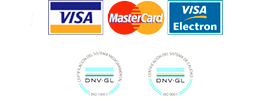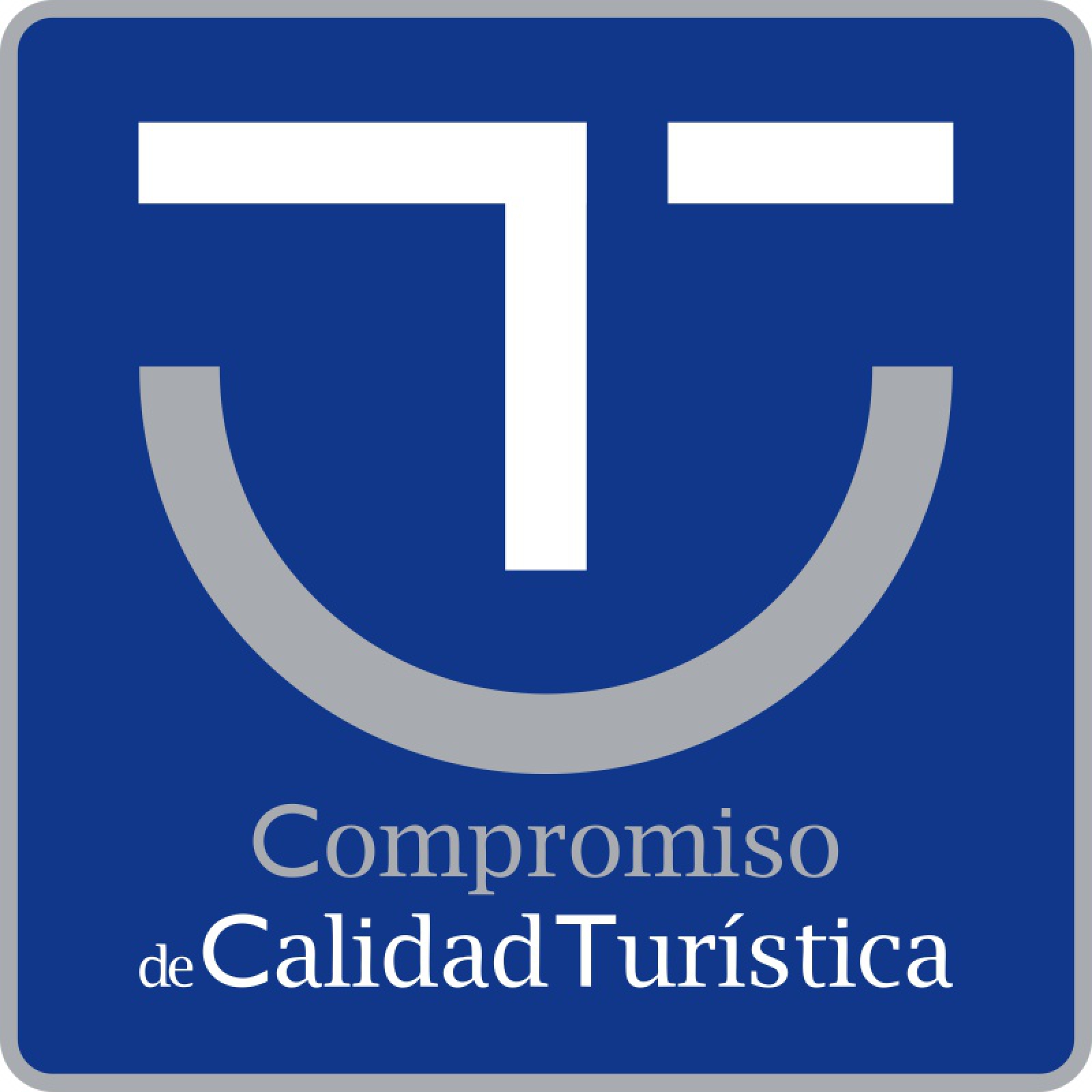Norms of the National Maritime-Terrestrial Park of the Atlantic Islands of Galicia.
» Useful Information
Access to useful information on the aspects you should take into account once you arrive at your destination: National Park’s regulations, services on the Island, trail, beaches…
PARK REGULATIONS
You are NOT allowed to:
- Throw any remaining food or any rubbish. There are no containers, so you will need to bring rubbish back to the departure dock and throw it in the trash bins when you disembark.
- Disembark pets, except for guide dogs accompanying blind people.
- Access to or move around the island with motor vehicles, except for wheelchairs.
- Ride bicycles and/or similar vehicles.
- Camp outside the areas designated for this purpose.
- Light any kind of fires, campfires or suchlike.
- Access the areas marked as restricted to the public. You must respect the crops and fences and use the paths and footbridges provided, avoiding walking outside of these in the Park.
- Disturb, harm, catch or kill any wild animals.
- Pull out, cut or harm the vegetation, including flowers and fruits.
- Collect, destroy or alter any elements of archaeological, historical or geological interest, whether on ground or sea – stones, shells, etc.
- Introduce any native animal and/or plant species.
- Carry out any activities that may destroy, damage or alter the unique natural elements of the area.
- Use sound systems or to make noises that may alter the natural peace of the place.
- Go scuba diving with no prior authorization.
- Practice spearfishing or recreational fishing.
- Carry or move around with weapons, harpoons, spearguns or other similar tools.
- Eat anywhere. You must use exclusively the recreation areas established for meals.
- Smoking is permitted, provided that the cigarette butts or the lighted cigarettes are not thrown to the ground (all the precautions are needed to minimise the fire risks).
You ARE allowed to:
- Bring food, as long as any waste is taken to the departure point, because there are not any trash bins.
- Smoke, as long as the cigarette butts are not thrown to the ground.
- Disembark guide dogs.
- Access with manual wheelchairs (power wheelchairs are not allowed on the boat).
- Move around with any kind of baby carriage or trolley, but only on the authorised paths.
BASIC SERVICES ON THE ISLAND
- Health care – Today, none of the archipelagos has health care staff working permanently. The Cíes Islands archipelago has this service during the months of July, August and September only, since it is then when there are the most tourists. The Red Cross stand on Cíes Islands is located near the information stand, next to Rodas beach, and there are several lifeguards and a doctor or a nurse.
- Lifeguards –Vigo City Council usually assigns a service of lifeguards to these islands during the summer season. These lifeguards usually arrive at the islands on the first boat and leave on the last one.
- Drinkable water – It is important to take into account that drinkable water is scarce, especially during the driest periods that coincide with the greatest flow of tourists. There are some public fountains on the island, but they do not usually have water in summer and, if they do, drinkability is not guaranteed. Therefore, it is advisable to bring plenty of water to visit the islands, since this is a saline environment, which favours dehydration under the sun.
- Public restrooms – The public restrooms, accessible for people with reduced mobility, are located in the pathway over the campsite, on Faro Island.
- Rest areas – Taking advantage of the natural shelter provided by trees, several rest areas were built near some of the most frequented trails. These have tables or benches allowing you to make a stop during the trip, to eat or simply sit down while enjoying the views and the peace surrounding you. One of these areas is locate near the lake and the other can be found next to Nosa Señora beach.
VISITOR SERVICES
- Information Stand – The information stand on the Cíes Islands archipelago is located 100 metres away from Rodas dock (port of embarkation), on Monteagudo Island. At this point, you can ask for any information that you may need about the National Park, concerning services and possible activities that you may carry out on the islands. Its main goal is to provide the visitors with all the information allowing them to enjoy the visit to the fullest. This service is available during the seasons when there are maritime transport regular services.
- Information Centre – It is located 1.2 km away from Rodas dock, on Faro Island. This building is an old artillery storage from the 19th century, which was built on the remains of the San Esteban monastery, which in its turn dates from the 11th century and was the centre of the insular life during that period. Inside it, the remains of the foundations, some pieces which were part of the cornices and a man-shaped tomb belonging to one of the monks who lived there can still be seen.
The centre was initially opened as an Interpretation Centre in 1997. Today, it includes a visitor information point, an interpretation and exhibition room about the park, an area for children workshops, and a multipurpose room for projections, courses, conferences or group activities scheduled by the park staff or requested to the park. It usually remains open during the summer season. - Viewpoints – Even though there are several places on the Islands from where the landscapes can be admired, only some of them are considered viewpoints. These are accessible for most of the visitors because of their landscape interest, spaciousness and localization. The recommended viewpoints on Cíes Islands are: Faro de Cíes, Faro da Porta, Faro de Monteagudo, Pedra da Campá and Alto del Príncipe.
- Observatories – Wooden sheds aimed at watching the sea birds, which have an appropriate design to observe the breeding areas from a short distance without disturbing or frightening the bird colonies. There are two of them on Cíes Islands, one of them a few metres away from the Pedra da Campá viewpoint (Faro Island) and another one next to Faro de Monteagudo (on the North Island or Monteagudo Island).
- Information Panels and Signposts – The National Park has an information panel on the Cíes archipelago, located opposite the information stand.
It has a specific map of the archipelago, including services, interest points and itineraries, in addition to a general map with the location of the National Park and some basic aspects of the natural environment regulations.
RESTAURANTS AND ACCOMMODATION
- Cíes Campsite – It is a private facility authorised through a concession. It is located on Faro Island, 700 metres away from the park information stand. It has a limited capacity, so it is advisable to book on their website in advance. The campsite card must be shown to the shipping companies in order to get the transport ticket including an overnight stay on the island. The campsite is usually open during the seasons where there is regular transport for visitors, although it is safest to seek previous confirmation.
- Restaurants – On Cíes Islands, there are several catering establishment that remain open during the period when there is regular public transport in the summer season. Today, there are the following food service establishments on the island: the campsite restaurant and self-service, Serafín bar, Rodas restaurant and Begoña sandwich bar.
» Getting here – Port maps
DO NOT WAIT MORE…
BOOK NOW YOUR TICKET
The ticket to your dream destination
IMPORTANT ANNOUNCEMENT
IF YOU ARE GOING TO TRAVEL TO THE CÍES ISLANDS OR THE ONS ISLAND FROM EASTER AND MAY 15 (EXCEPT CAMPERS), before buying the ticket, you must obtain the authorization requested by La Xunta de Galicia, in which they will provide you with the pre code -reserve (necessary to acquire the boat ticket).




